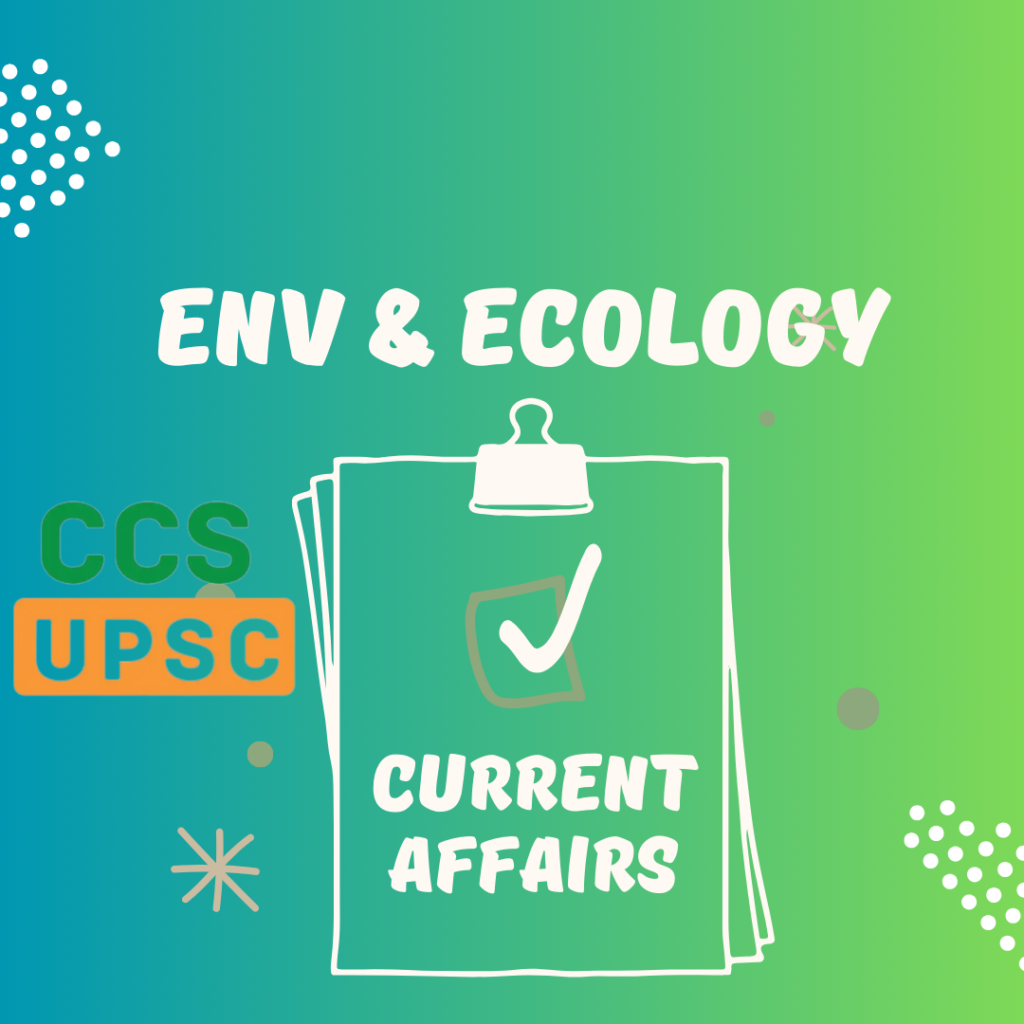In News
∙ As per a recent study, Pansy Plants (Viola arvensis) growing near Paris have evolved themselves to produce less nectar, showing signs of self-pollination instead of depending on Pollinators.
What is Pollination?
∙ Pollination is the act of transferring pollen grains from the male anther (reproductive organ) of a flower to the female stigma (reproductive organ).
Plants can be:
∙ Self-pollinating – the plant can fertilize itself; or,
∙ Cross-pollinating – the plant needs a vector (a pollinator or the wind) to get the pollen to another flower of the same species.
∙ Pollinators: Organisms that facilitate the transfer of pollen from the anthers to the stigmas of flowers, leading to fertilization and the production of seeds.
∙ Example: Bees, butterflies, beetles, moths, wasps.
Major Concerns of Self Pollination
∙ Reduction in the Genetic Diversity among the plant species, make more susceptible to diseases and pests.
∙ Self-pollination reduces the adaptability by limiting the introduction of new genetic traits in the ecosystem.
∙ Self-pollination may lead to the expression of deleterious mutations or harmful recessive traits.
∙ Like in pansy species, pollinators may enter a loop where plants producing less nectar enable less food availability, driving them towards declines.
Why Pollinators are declining?
∙ Urbanization, agricultural expansion, and changes in land use destroyed their populations.
∙ The widespread use of chemical pesticides, herbicides & GMOs have impacted a lot.


